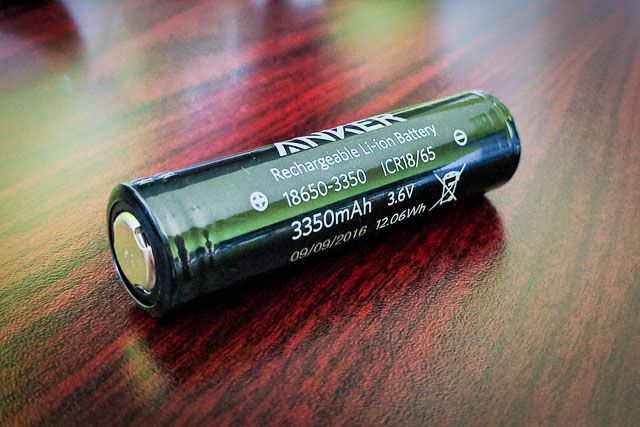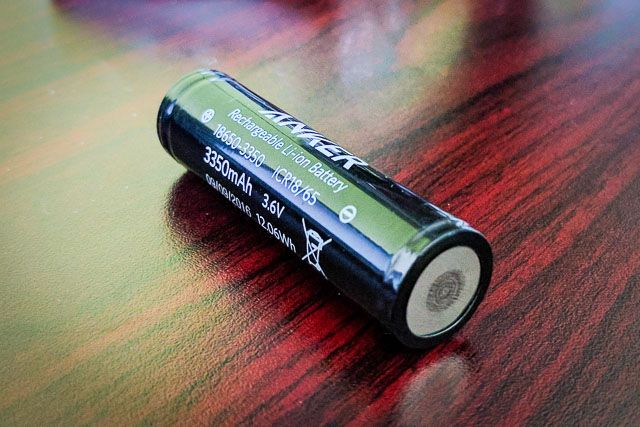I'm a newbie to this. Is there a good website that you can link me to that describes the differences between various types of 18650 batteries? Protected, unprotected, flat top, etc.? Quick google search didn't work for me this time.
Also, are there any decent budget brands worth considering, say EBL? Or should I stick with Panasonic and pay the hefty premium?
My applications are flashlights. No vaping and such. One of the flashlights I recently bought came with a battery that looks like below. Is that considered a "flat top"? Not sure how to tell if it's protected or not. I would like to buy more like this one...


Thanks!
Also, are there any decent budget brands worth considering, say EBL? Or should I stick with Panasonic and pay the hefty premium?
My applications are flashlights. No vaping and such. One of the flashlights I recently bought came with a battery that looks like below. Is that considered a "flat top"? Not sure how to tell if it's protected or not. I would like to buy more like this one...


Thanks!

